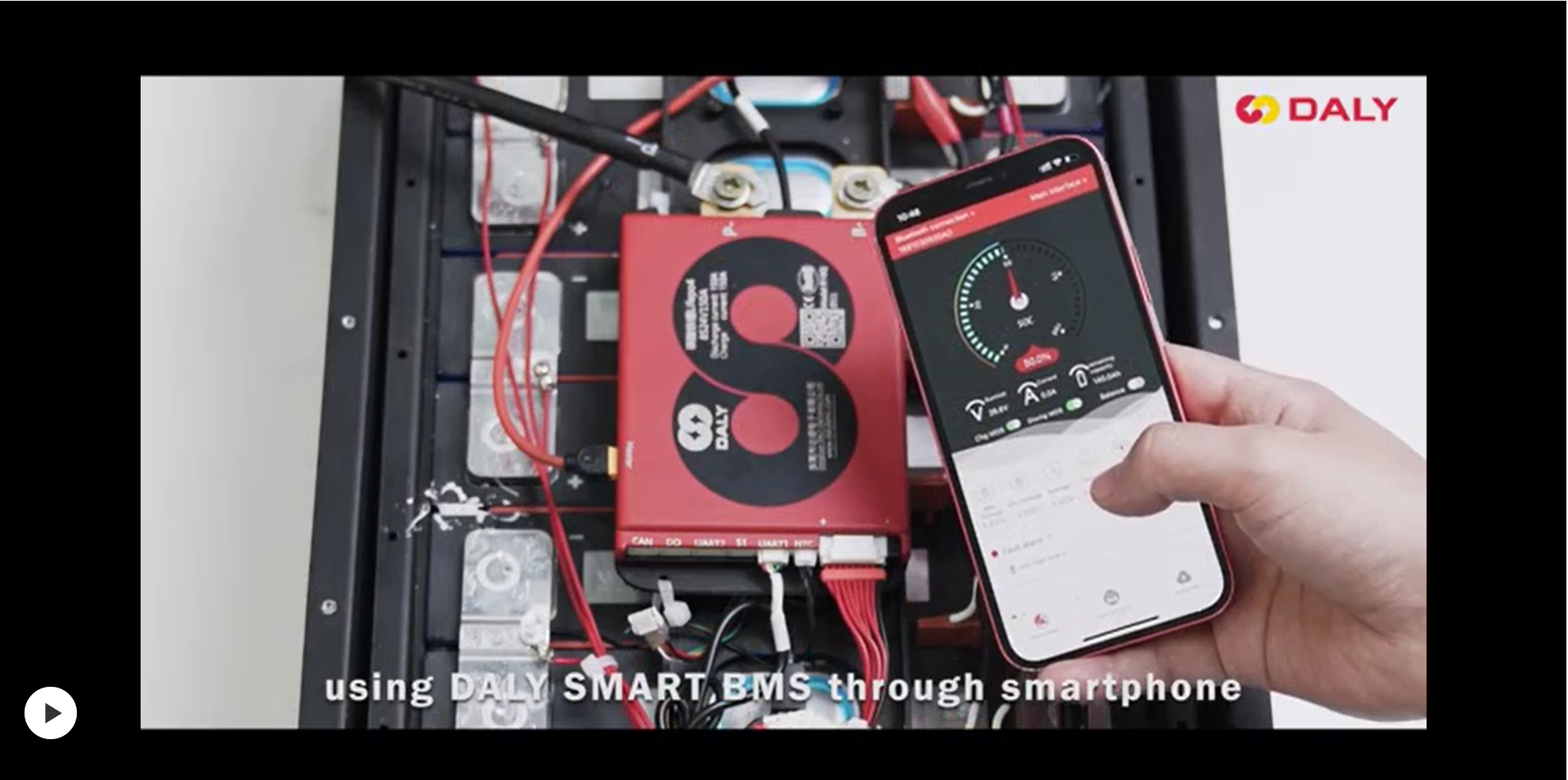Adding a Smart Battery Management System (BMS) to your lithium battery is like giving your battery a smart upgrade!
A smart BMS helps you check the health of the battery pack and makes communication better. You can access important battery information like voltage, temperature, and charge status—all easily!

Let’s dive into the steps for adding a smart BMS to your battery and explore the fantastic benefits you’ll enjoy.
Step-by-Step Guide to Installing a Smart BMS
1. Pick the Right Smart BMS
First things first—make sure you choose a smart BMS that fits your lithium battery, especially if it’s a LiFePO4 type. Check that the BMS matches the voltage and capacity of your battery pack.
2. Gather Your Tools
You’ll need some basic tools like screwdrivers, a multimeter, and wire strippers. Also, ensure the connectors and cables fit your BMS and battery pack. Some smart BMS systems could use a Bluetooth device to gather info.
3. Disconnect the Battery
Prioritize safety! Always disconnect the battery before you begin fiddling. Remember to put on gloves and safety glasses to protect yourself.
4. Connect the BMS to the Battery Pack
Connect the positive and negative wires. Start by attaching the BMS wires to the positive and negative terminals of your lithium battery.
Add Balancing Leads: These wires help the BMS keep the voltage in check for each cell. Follow the wiring diagram from the BMS manufacturer to connect them properly.
5. Secure the BMS
Make sure your BMS is snugly attached to the battery pack or inside its housing. Please don’t want it bouncing around and causing any disconnections or damage!
6. Set Up Bluetooth or Communication Interface
Most smart BMS units come with Bluetooth or communication ports. Download the BMS app on your smartphone or link it to your computer. Follow the instructions to pair the device via Bluetooth for easy access to your battery data

7. Test the System
Before sealing everything up, use a multimeter to check that all your connections are good. Power up the system, and check the app or software to make sure everything is functioning. You should be able to see battery data like voltage, temperature, and charge-discharge cycles on your device.
What are the benefits of using a smart BMS?
1. Real-Time Monitoring
For example,when you're on a long RV trip, a smart BMS lets you monitor your battery status in real-time. This ensures you have enough power for essential devices like your refrigerator and GPS. If the battery levels get too low, the system will send you alerts which helps you manage the power better.
2. Remote Monitoring
After a busy day, when you’re chilling on the couch, a smart BMS lets you see the battery levels of home energy storage on your phone. This way, you can ensure you have enough stored power for the evening.
3. Fault Detection and Alerts for Safety
If you notice unusual temperature changes, how does a smart BMS help? It spots problems like high temperatures or weird voltage levels and sends you alerts right away. This feature enables quick responses, preventing potential damage and reducing maintenance costs
4. Cell Balancing for Better Performance
When you're using a lot of power, like at outdoor events, a smart BMS keeps the batteries in your power bank charged evenly, which prevents any single cell from getting overcharged or drained, so you can enjoy your activities worry-free.

Therefore, having a smart BMS is a smart choice that not only gives you peace of mind but also helps you utilize energy resources more effectively.
Post time: Sep-29-2024





